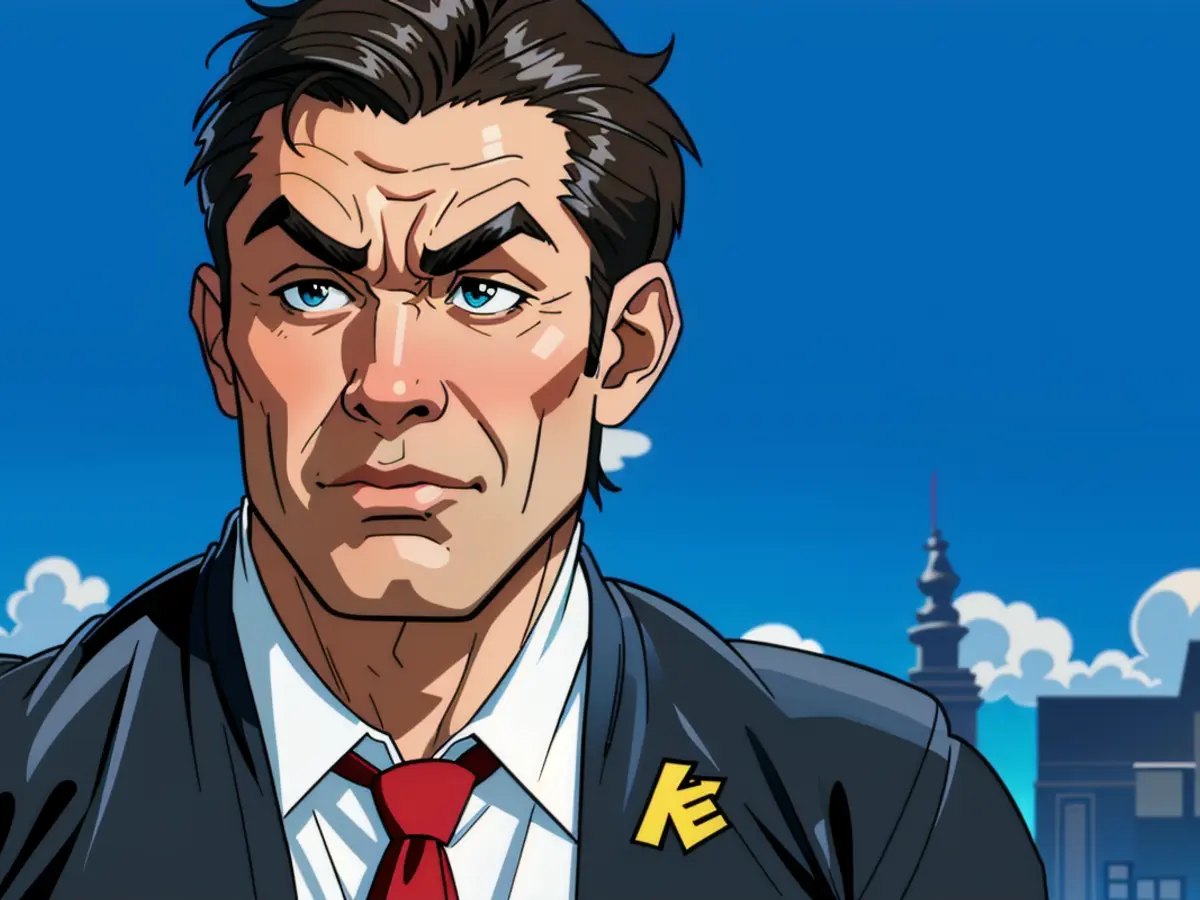Navigating the Ceasefire Landscape: The Current International Standoff
Putin-Rubio disagreement persists over indefinite ceasefire negotiations - No more perpetual talks on truce with Putin, states Rubio
As we stand in the early weeks of April 2025, ceasefire negotiations between Russia and Ukraine are shrouded in uncertainty, with a flurry of key events unfolding:
- The Dance of Ceasefires: Conflicting accounts of ceasefire agreements have emerged, as both parties accuse each other of violations and continued shelling[1][3]. A temporary respite on attacks against energy infrastructure was reached, yet the effective implementation of this agreement remains dubious.
- Russian demands: Moscow is relentless in its pursuit of sanction relief and significant concessions – the installation of a pro-Russian government in Ukraine[1][3] being a prime example.
- US-Russia Dialogue: There's been reported progress in talks between the U.S. and Russia, with Kremlin negotiator Kirill Dmitriev noting constructive conversations with American officials[2].
NATO: A Silent Giant in the Background
Despite maintaining an indirect role, NATO is a crucial player in these negotiations:
- Security Guarantees: Leaders from France and the UK have underscored the need for robust security guarantees for Ukraine as part of any ceasefire agreement to deter further Russian hostilities[4].
- Military Aid: NATO member states continue to furnish military aid to Ukraine, with the U.S. on the verge of transferring additional F-16 jets[2].
Saying the Unsaid: Keys Figures in the Drama
Vladimir Putin
- Offensive Strategy: Putin champions military advancements in Ukraine, with troops gaining ground in regions like Kursk and Toretsk[1][4].
- Diplomatic Chess: Putin orchestrates negotiations to advance long-term strategic objectives, such as demilitarizing Ukraine and thwarting its accession to NATO[5].
- Ceasefire Conditions: Putin insists on substantial concessions, effectively using ceasefire proposals as leverage to extract favorable terms from Ukraine and the West[5].
Donald Trump
- Peacemaker in a Hurry: Trump is actively facilitating negotiations, but his team urges patience before engaging directly with Putin until Russia fully commits to a ceasefire[2].
- Frustrated Peacemaker: Trump reportedly grapples with the ongoing aerial bombardments from both sides despite his diplomatic efforts[2].
Marco Rubio
- Steely Diplomacy: As the U.S. Secretary of State, Rubio insists on Russia's commitment to a ceasefire, affirming that the U.S. will soon ascertain Russia's intentions regarding peace [2].
- International Unity: Rubio underscores the importance of involving European nations in reaching a ceasefire to ensure deterrence against future attacks[5].
Peering into the Future
The path to an enduring ceasefire is complicated by Russia's ambitions and ongoing military offensives. Future developments will hinge on the flexibility of both sides to agree on terms that balance their interests and on the external influence of actors like the U.S. and NATO. The U.S. stance on sanctions and military aid to Ukraine will play a decisive role in shaping Russia's position at the negotiating table.
- The European Union has expressed concern about the ongoing ceasefire stalling in the European Parliament, warning Russia against continued military offensives in Ukraine as Putin champions advancements in regions like Kursk and Toretsk.
- In the European Parliament, numerous calls have been made for the Council and Commission to intensify their efforts in mediating the ceasefire, with MEPs urging Putin to ceasefire violations and to instead work towards a lasting peace agreement with Ukraine.
- Amidst the ceasefire landscape, Sybihas' diplomatic role in the European Parliament becomes increasingly important, as she focuses on engaging with key figures such as Putin, Trump, and Rubio to encourage a ceasefire and to ensure international unity in the negotiations process.








